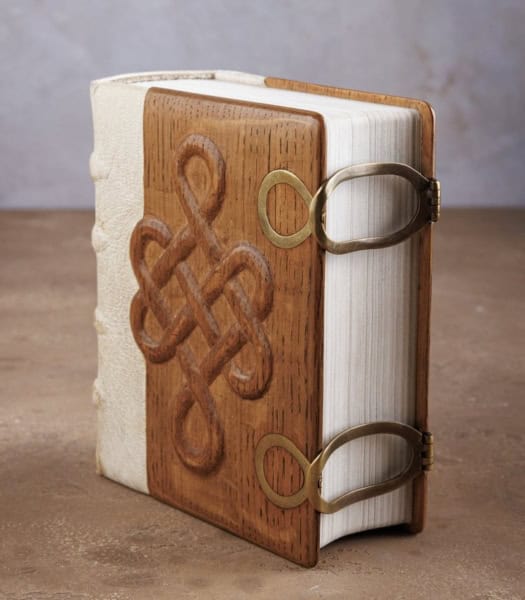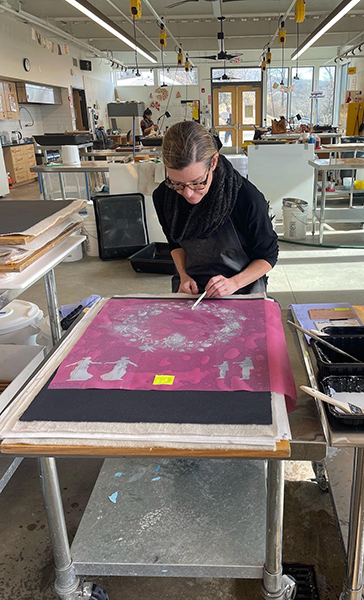The Paper and Book Intensive
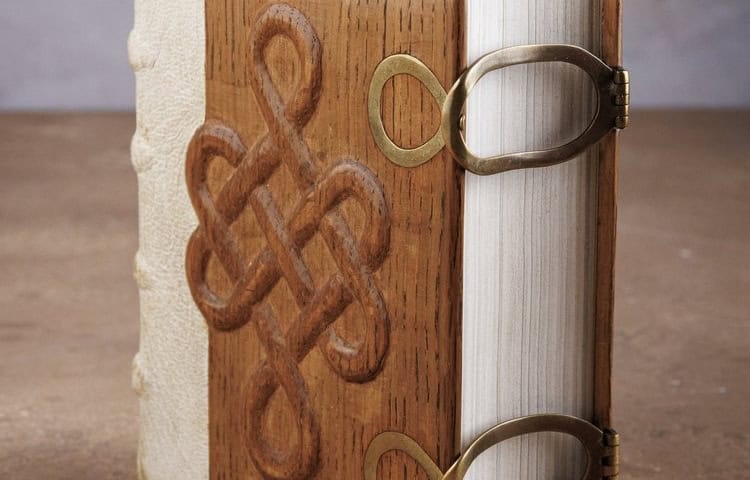
The Sunday Paper #555
May 18, 2025
I’m on the road again… heading to the Paper and Book Intensive (PBI) in Oxbow, Michigan. This is an annual summer camp for book and paper artists! I get to take two classes during Session 1, and then I will co-teach a class with Tim Barrett during Session 2. And since our son moved to Detroit in October, I’ll be capping off my trip by spending a couple of days with him.
——————————————————————————————–––––––
Speaking of PBI, I met Jim Croft many years ago there, when he was teaching a tool making workshop. He visited my studio in Portland a couple of times to test beat hemp fire hose in my beater. Croft is a medieval-inspired bookbinder and papermaker who has spent his life learning and teaching the ‘old ways’ of making books, tools, and a living from the land. Some friends of his created this website to help find good homes for his books.
———————————————————————————————––––––
I had the pleasure of speaking with Cynthia Nourse Thompson, professor and Director of Curatorial Affairs at the Zuckerman Museum of Art at Kennesaw State University, on Paper Talk. Thompson was also Associate Professor and Director of the graduate programs in Book Arts & Printmaking and Studio Art at University of the Arts in Philadelphia, PA for six years; served as Associate Professor and Curator of Exhibitions at University of Arkansas; spent twelve years as Professor of Book, Print and Paper Arts and Chair of Fine Arts at Memphis College of Art; and also worked at Dieu Donné Papermill, Harlan & Weaver Intaglio and Rutgers Center for Innovative Print and Paper (now the Brodsky Center at Pennsylvania Academy of Fine Arts). Enjoy our conversation!
This article uncoils the age-old craft of paper filagree, or quilling. I remember exploring this technique when I found a library book about it in seventh grade. It has an interesting history, and contemporary artists are pushing the medium to new heights.
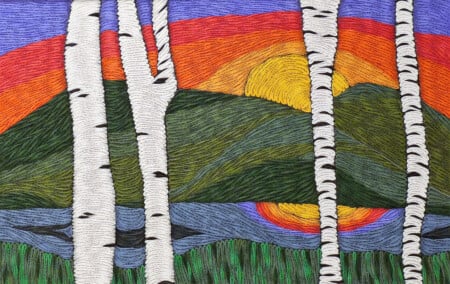
For the piece “Birches At Sunset,” Sandra White chose vibrant colors to make the nature scene. White compressed and layered coils to make the sunset, the water reflection and the white birch trees. Courtesy/ Sandra White
———————————————————————————————––––––
Wowza! Ayumi Shibata’s delicate sculptures – carefully cut from countless sheets of paper and tied together – symbolize the artist’s hope for a world where everything exists in harmony. As seen on My Modern Met.
——————————————————————————————–––––––
Paper Tidbits
- Jim Croft is offering a 2-week Old Ways of Making Books from Raw Materials workshop in Idaho, June 24 – July 9.
- I just learned about this book, published to accompany a traveling exhibition celebrating Women’s Studio Workshop’s publishing history: A Radical Alteration: Women’s Studio Workshop As A Sustainable Model For Art Making.
———————————————————————————————––––––
Author’s Corner
With my new book coming out in November, I thought I’d spend the months leading up to publication sharing a bit about the process of bringing a book to life. Feel free to send me your questions, and I’ll try to address them here. Autographed copies of Weaving With Paper will be available for pre-order from me (along with special bonus content) this summer.
Weaving With Paper is heading to the printer next week! Today, I’ll share part of the introduction that appears in the book:
“I have a vague memory of weaving strips of construction paper in elementary school—did you weave them, too? My interest in this practice was rekindled when I started working with paper in college. First, I discovered a unique Japanese style of pop-ups called “origamic architecture.” Then, shortly after graduating, I visited Japan and was inspired by the paper and wood shoji screens (room dividers) and the way that light filtered through the paper. I began teaching myself how to construct shoji screens and paper lampshades—experimenting with ways to enhance the paper with light—layering, piercing holes, and even making my own paper with watermarks.
Sometime in my twenties, I recalled that early paper weaving from childhood, and I created two lamps with woven shades. I was surprised (and disappointed) when the result wasn’t what I expected. The two papers blended together when illuminated, the light blurred the over/under weaving pattern, and the woven paper looked homogenous when it was backlit. There were a couple of interesting effects, however: The slits (or gaps) between the woven segments did let light through, and the weaving looked different when the lamps were turned on (the papers blended) as opposed to when they were off (the papers had the familiar woven checkerboard pattern).
I embarked on a quest to find a way to differentiate between those woven layers, and I came up with the idea of cutting “windows” in one of the layers, which resulted in the effect I was looking for!”
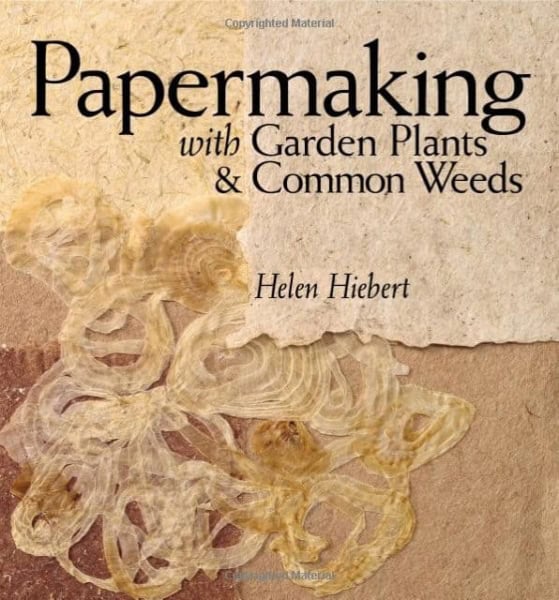 |
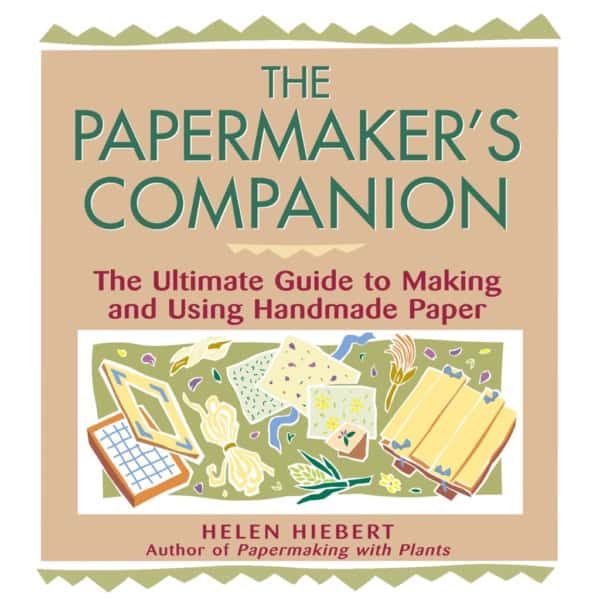 |
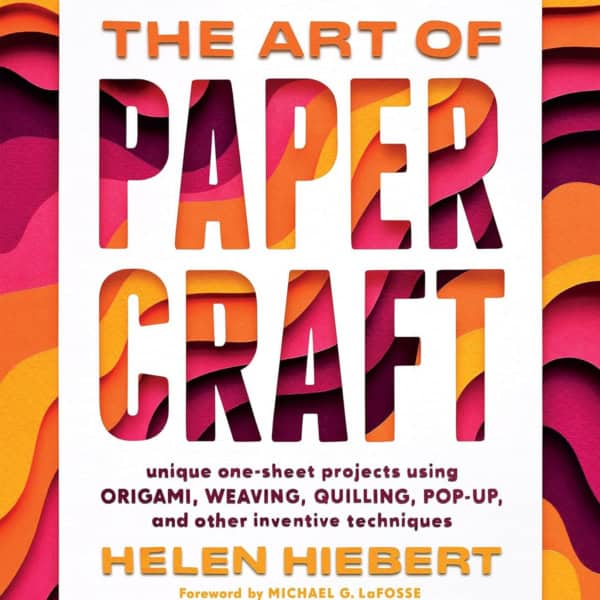 |
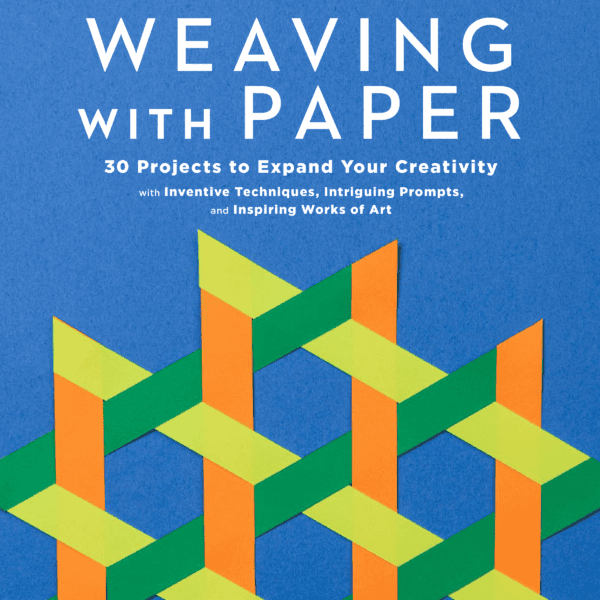 |
———————————————————————————————––––––
If you read this blog regularly, would you consider making a donation to support the research, writing, design and delivery of The Sunday Paper?
Tell 4000+ paper enthusiasts about your work by promoting your business in The Sunday Paper.
———————————————————————————————––––––
SHARE THIS blog post with your paper-loving friends!
I occasionally have affiliate links in these posts – to products that I receive a small commission on if you make a purchase. Thanks for your support!

